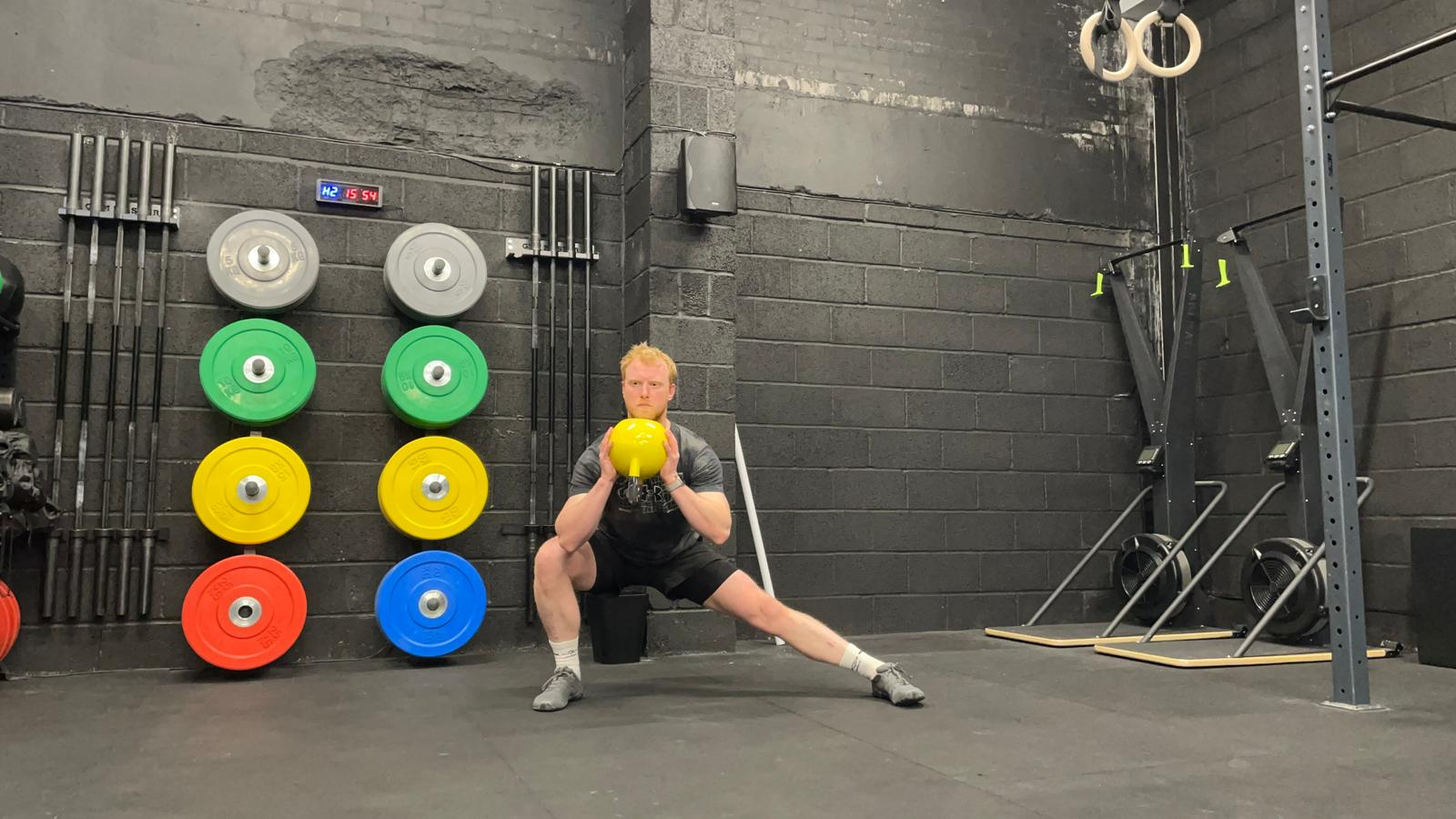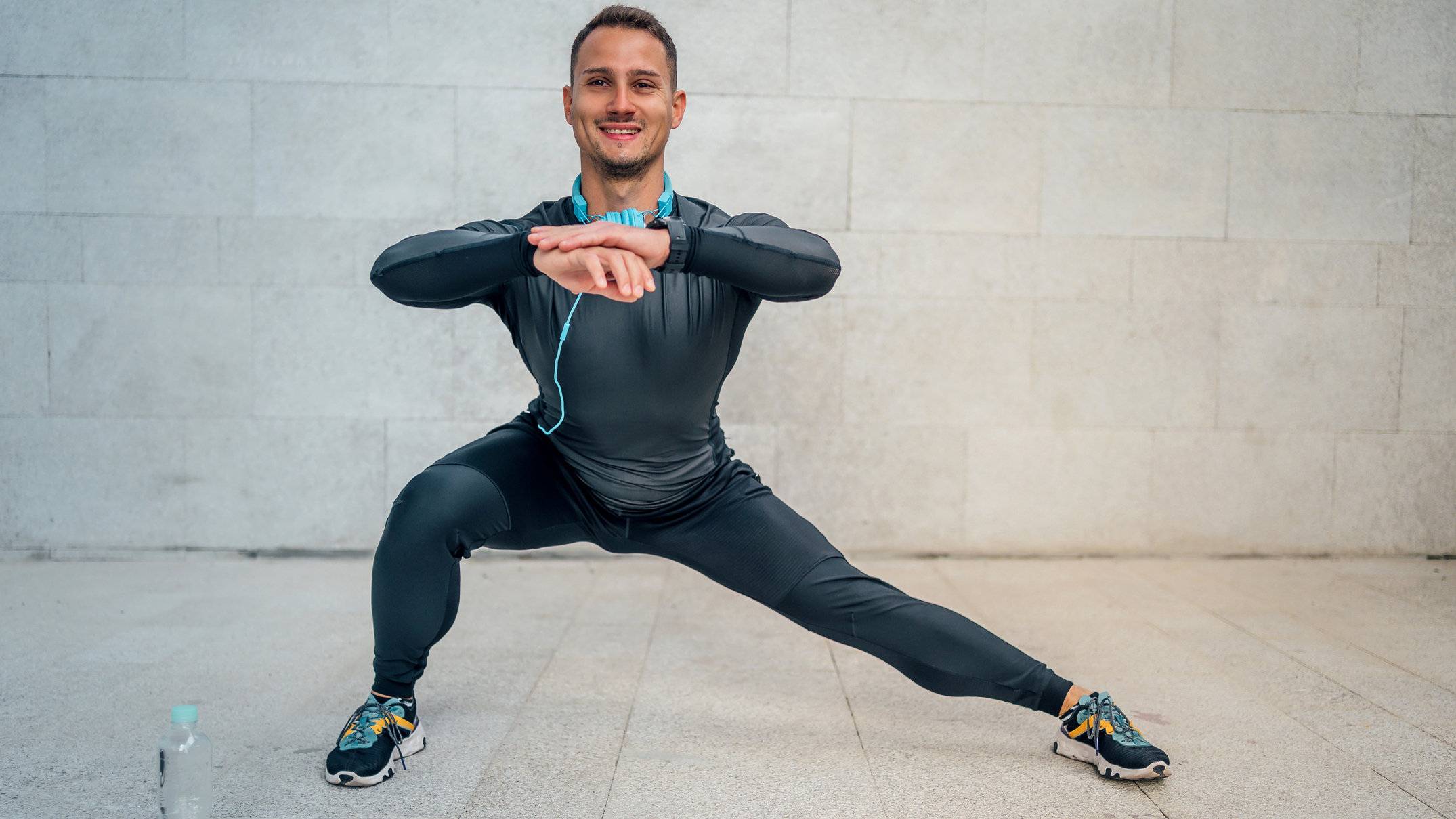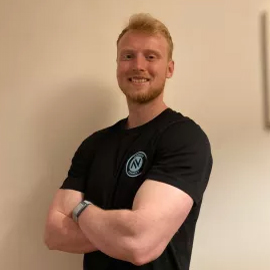I added this one move to my workouts and it improved my leg strength, mobility and performance
Lateral lunges are now a fixed favorite in my weekly workout plans


No one exercise is going to have a transformative effect on the first try. But the right mix of moves performed consistently and progressively over time will deliver results.
One move that I think deserves a spot in your weekly workout plans is the lateral lunge, also called the side lunge.
Having added it to my training sessions over the last month, I’ve found it’s already helping me increase my strength, stability, mobility and performance.
How to do a lateral lunge

- Stand upright with your feet roughly shoulder-width apart.
- With your right leg, take a large step to your right and place your weight on your right foot. Your feet should be flat on the ground and facing forward.
- Keeping your chest up, heels down and torso square, push your hips back and bend your right knee to lower your hips towards the ground as far as you can control.
- From here, drive through your right foot to propel yourself back to the starting position.
- To make this exercise more difficult, hold a dumbbell or kettlebell tight to your chest.
Why I added the lateral lunge to my weekly workout plans
A post shared by Harry Bullmore: Fitness Writer (@harry_bullmore_fitness_writer)
A photo posted by on
I started doing lateral lunges because I wanted a leg exercise that would challenge me to move in different ways.
The body moves in three planes of motion; sagittal (up, down, forward, and backward), frontal (side to side), and transverse (rotational).
Most lower-body moves like the squat and lunge fall largely within the sagittal plane, but you need to develop strength in all three to build a robust and functional body. That’s why I incorporated lateral lunges and curtsy squats into my workouts.
I also knew I needed to strengthen the muscles around my hips, having suffered an injury in this area, and these moves promised to do just that.
Start your week with achievable workout ideas, health tips and wellbeing advice in your inbox.
Lateral lunges were never the center of my strength training sessions. Instead, I used them as an accessory exercise—a move included in your workout to supplement larger lifts and strengthen smaller supporting muscles that may otherwise be missed or underused.
My results
As with any lunge, the lateral lunge recruits all the main muscles in your lower body: the quadriceps on the front of the thigh, hamstrings on the back of the thigh and glutes in your backside.
The side lunge pays special attention to lesser-known stabilizing muscles like the adductors, responsible for bringing your legs closer to your midline. Having overlooked this area for far too long, I could feel these muscles switching on as soon as I started doing lateral lunges, and I’ve been able to lift progressively heavier weights over the four weeks I’ve been doing them.
This has been a case of filling in the gaps as far as my leg strength is concerned. It’s also part of my plan to improve my performance in other sports like tennis by preparing my body for multidirectional movements and build up to a barbell back squat PR attempt in two months.
Finally, I’m enjoying the mobility perks the lateral lunge is delivering. It works my hips, knees and ankles (a weak point for me) through a wide range of motion under load, helping me sink more comfortably into squats and similar movements.
Need some new weights for your home workouts? Our guide to the best kettlebells can help

Harry Bullmore is a Fitness Writer for Fit&Well and its sister site Coach, covering accessible home workouts, strength training session, and yoga routines. He joined the team from Hearst, where he reviewed products for Men's Health, Women's Health, and Runner's World. He is passionate about the physical and mental benefits of exercise, and splits his time between weightlifting, CrossFit, and gymnastics, which he does to build strength, boost his wellbeing, and have fun.
Harry is a NCTJ-qualified journalist, and has written for Vice, Learning Disability Today, and The Argus, where he was a crime, politics, and sports reporter for several UK regional and national newspapers.